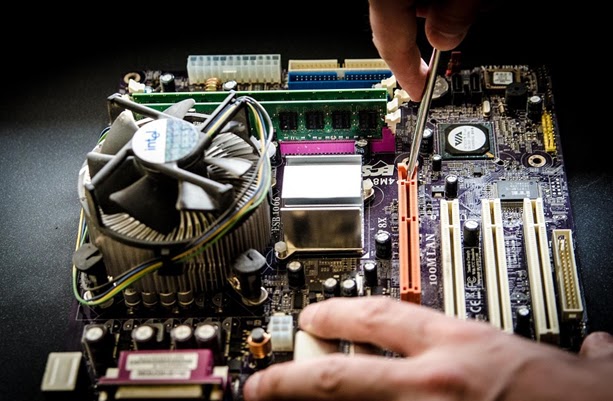Must-have Office Relocation Checklist Every IT Department Should Have
2:27 PMNo one can ever say that relocation an office is easy. From finding the perfect workplace that would suit the needs of the company and still have lots of legroom for future growth, down to the last detail of moving the last box of equipment, even the thought of all the hassle in moving your business can scare you off from doing it. However, relocating your office is actually a great way to have a fresh start, like revamping your business branding. It is a time to be able to make cost-efficient changes, giving a new beginning for the staff, and even a reevaluation of what the company stands for. It is also an opportunity to consider making a more agile workspace for everyone, paying attention to include the following zones: focus, collaboration, meeting, and social.
During phase one, the IT Department should have a copy of the timetable that contains important commitments, meetings, and/or surveys. This is so they would have an idea what would be needed from their end to ensure that these important dates will go without any problems. The department should prepare a list and an audit of all the personal equipment, servers, telecoms equipment, printers, fax machines, and specialized software that the company owns. There should also be a list that shows what office equipment would need to be upgraded or replaced. The requirement for telecoms for the new office should be defined and documented early on.
For phase two, servicing for office equipment prior and after the move should be arranged and scheduled. The new site should be surveyed with consideration to the new office layout, and the IT, telecoms, and equipment should be included in the plan. This is also the time to arrange the telecom provider to install the new lines needed for the new office.
In phase three, security issues are looked into tackling. Vendors list for the office supplies and equipment should already be finalized. Do an inventory of IT supplies and equipment. Update the project plan to make sure that the department is still within the timescale. Do not forget to update your budget to see if you are spending within it.
Then, for phase four, the telecom system in the new office should already be installed and functional, with all fax and dedicated phone lines up and running. Be sure that all equipment in the new sites has their service agreements. The IT department should also keep everyone updated and informed of what they are doing to avoid miscommunication problems.
Next, for phase five, when the interior decoration has been done, the office supplies and equipment need to be arranged according to the planned office layout. The workstations should be in place once the cabinets, tables, and chair are set. A dry run of all systems in place should be done so security issues that come up can be addressed. All employees should be updated regarding their security logins and codes for access in the new building.
Lastly, once the moving is done and everyone is set up in their new stations, the department should be ready to address new issues and troubleshoot if needed. All newly installed workstations should still be checked from time to time to see if everyone is integrating well if there are new and updated software installed.
Author Bio:
Sarah Jacobs is an experienced writer who loves creating articles that can benefit others. She has worked as a freelance writer in the past making informative articles and fascinating stories. She has extensive knowledge in a variety of fields such as technology, business, finance, marketing, personal development, and more.
Find out more about her company here: http://www.lea-p.com/



0 comments